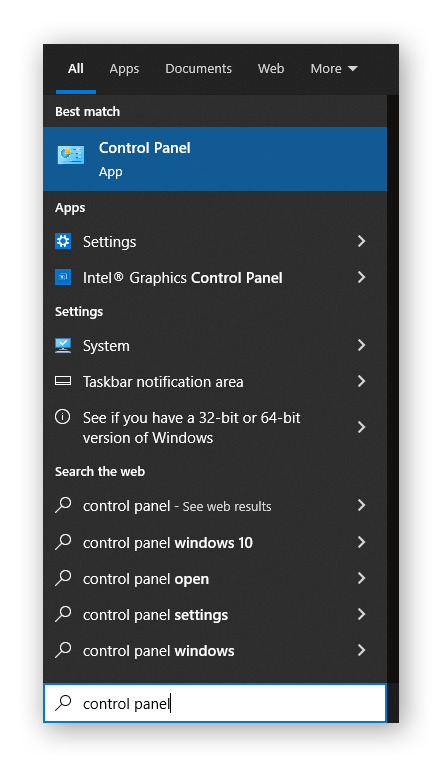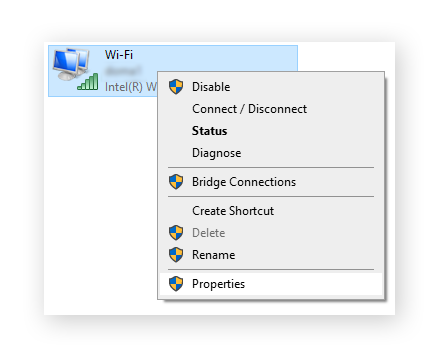


Many attacks make use of cross-site request forgery (CSRF) attacks. They can capture requests for Google Analytics or other scripts almost every website use and redirect them to a server providing a script that instead injects ads. If you see pornographic advertisements on a legitimate website like How-To Geek or the New York Times, you’re almost certainly infected with something - either on your router or your computer itself.
#Avast iphone app say router infectd install
SSL-stripping attacks can even remove the encryption in transit.Īttackers may also just inject advertisements, redirect search results, or attempt to install drive-by downloads. Sharp-eyed people may notice that such a phishing site won’t have HTTPS encryption, but many people wouldn’t notice. Unusually slow DNS requests are a sign you may have an infection. It may simply time out on most requests and then redirect queries to your ISP’s default DNS server. The malicious DNS server doesn’t necessarily respond to all queries. It may still say in your address bar, but you’ll be at a phishing site. When you try to connect to a website - for example, your bank’s website - the malicious DNS server tells you to go to a phishing site instead. RELATED: What Is DNS, and Should I Use Another DNS Server?Īttackers often seek to change the DNS server setting on your router, pointing it at a malicious DNS server.


 0 kommentar(er)
0 kommentar(er)
